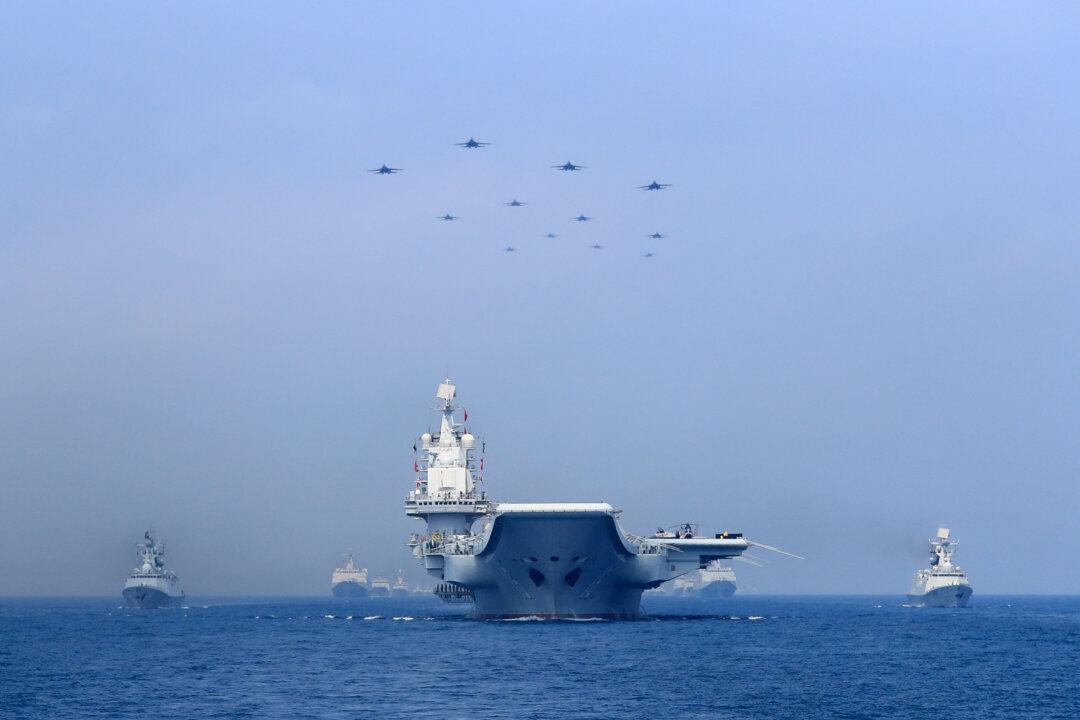News Analysis
Few regions are more strategically important to China than the South China Sea (SCS). Beijing has increasingly treated the SCS as a “Chinese lake,” subject to its “indisputable sovereignty.”

Few regions are more strategically important to China than the South China Sea (SCS). Beijing has increasingly treated the SCS as a “Chinese lake,” subject to its “indisputable sovereignty.”